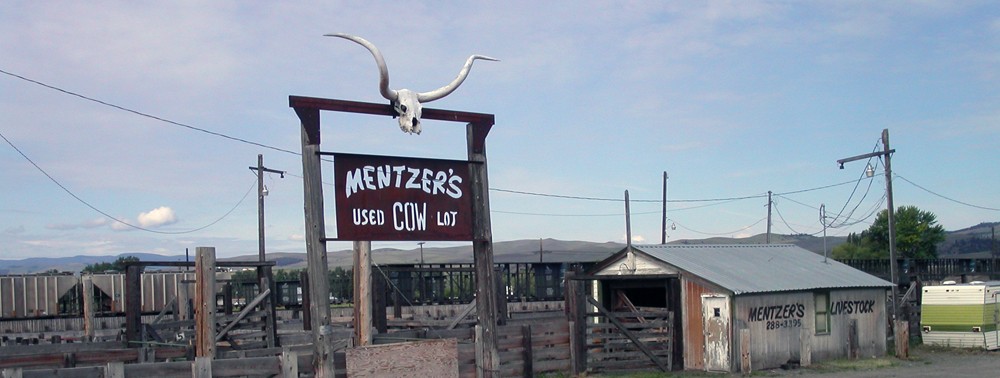Earlier this year I tweeted about the Montgomery County, Maryland, Parks Department’s whitewashed description of Silver Spring founder Francis Preston Blair’s property. The county owns a small slice of that property and it is called “Acorn Park” for the 19th century gazebo located there. Blair had built the gazebo in the property he had called “Silver Spring.”
https://youtu.be/VUKmmQbxE8g
Most histories produced by the local historical society and county agencies describe Blair’s farm as a “summer retreat” or estate. The Montgomery County Parks Department’s Acorn Park website read, “Blair and his wife Eliza established a 300-acre summer estate called Silver Spring.”
 Screen capture from the Acorn Park website taken in early 2019.
Screen capture from the Acorn Park website taken in early 2019.I was disappointed that more than a year of lobbying Montgomery County agencies to correct the park’s whitewashed history appeared to have achieved nothing,.
I took to Twitter in April 2019 to ask why Montgomery County’s Parks Department was still describing Blair’s property as a “summer estate.”
https://twitter.com/iVernacular/status/1117737377127182336
Two weeks later and with no direct response to my tweet, Acorn Park’s website was updated with a new description for Blair’s property: “[Blair] established a 300-acre plantation at the spring.

Acorn Park website screen capture, August 9, 2019.
It’s a start. But I’m wondering why the agency removed the direct narrative link to Silver Spring’s founding as a plantation where enslaved people worked, lived, and died to build Blair’s wealth that was then used to build the Silver Spring community. I guess the image of a plantation and the extended Blair’s family white supremacist real estate practices that made Silver Spring a sundown suburb until c. 1970 aren’t consistent with the community’s contemporary image and branding as a liberal and progressive haven.
© 2019 D.S. Rotenstein




